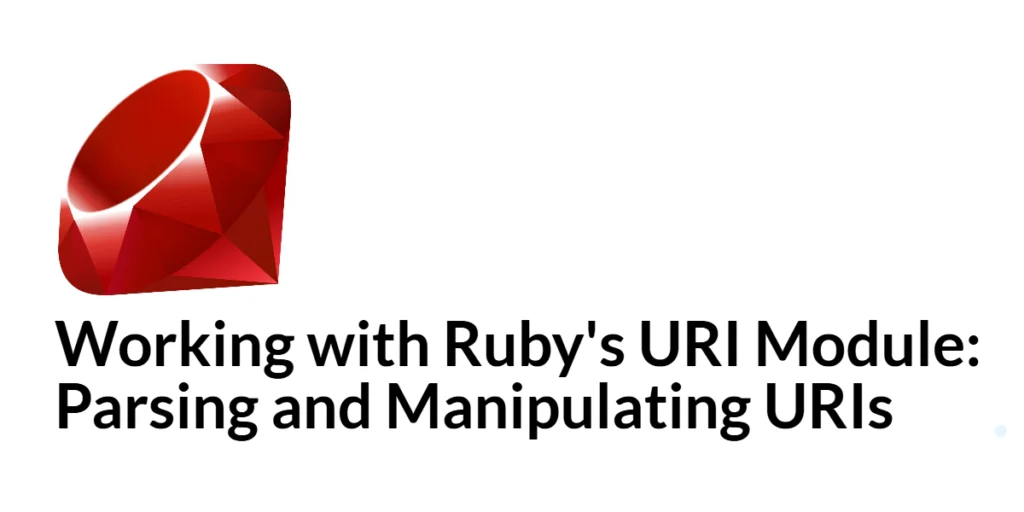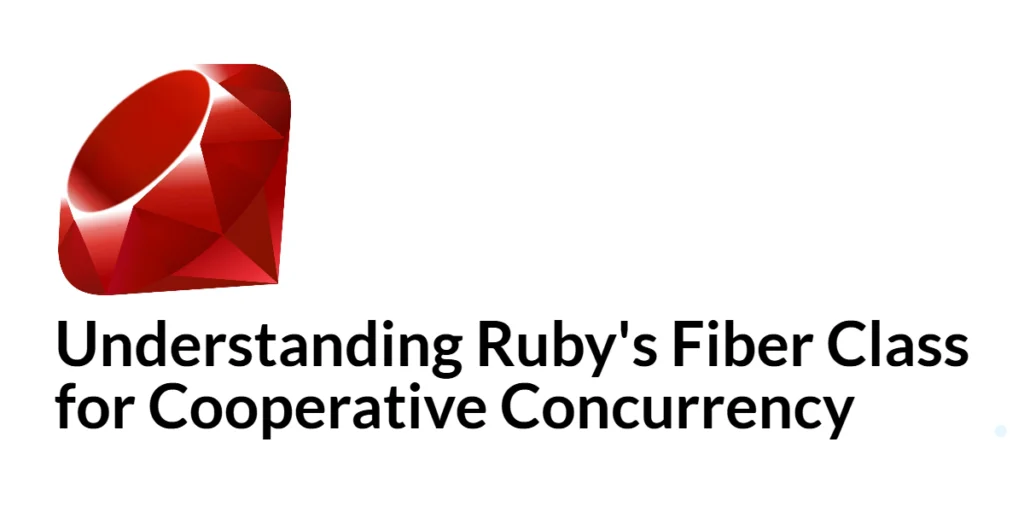Working with Ruby’s URI Module: Parsing and Manipulating URIs
Uniform Resource Identifiers (URIs) are a fundamental concept in web development, representing the addresses of resources on the internet. Properly handling URIs is crucial for tasks such as web scraping, API interactions, and constructing dynamic links. Ruby’s URI module provides a robust set of tools for parsing, manipulating, and working with URIs in a flexible […]
Working with Ruby’s URI Module: Parsing and Manipulating URIs Read More »









